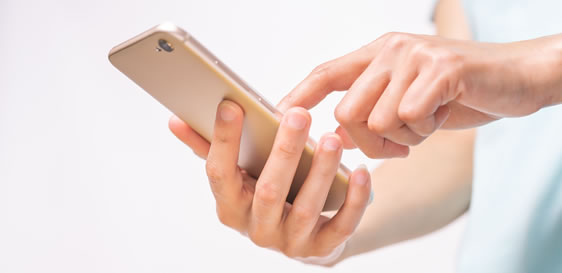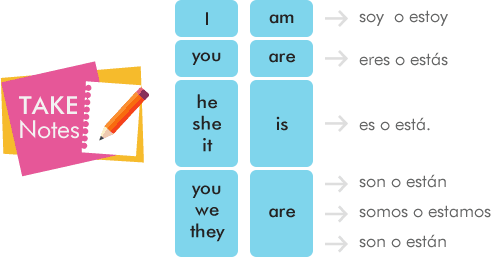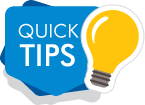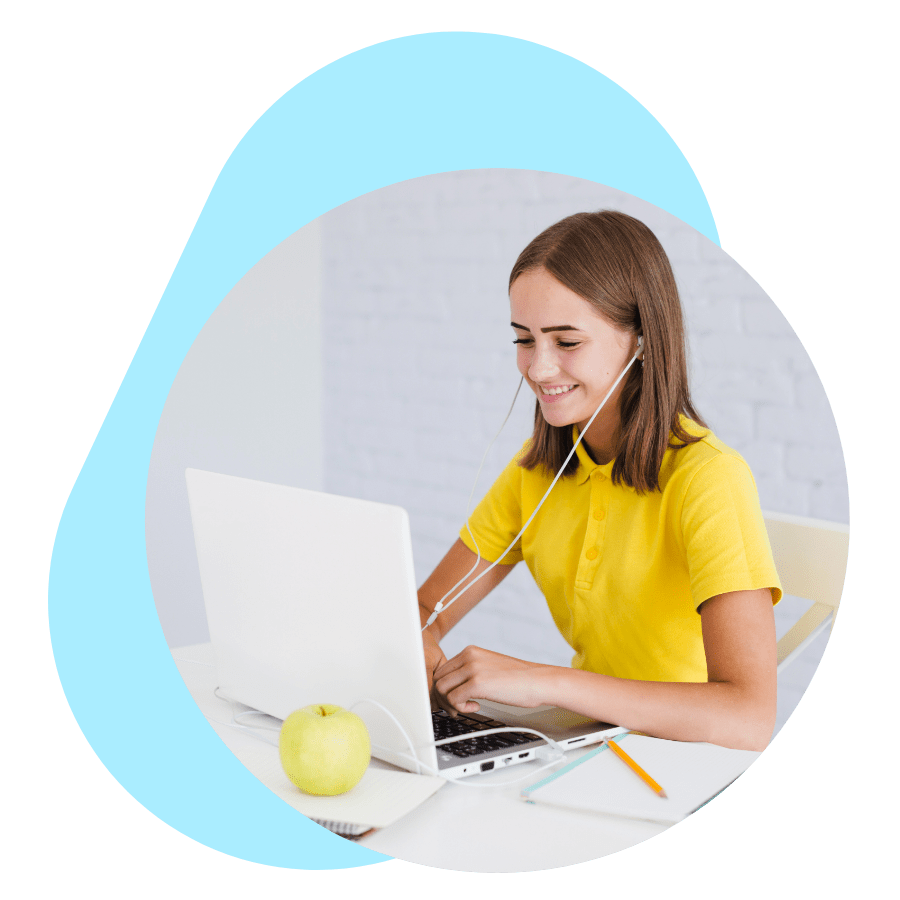1- What is modern technology?
Modern technologies are the advancements of old technology. It means that they are a set of technological tools, applications or devices created by human beings to optimize our daily life.
Technology is present in our life in many different ways. We use technological devices or tools in almost all the tasks that we carry out during the day, without even noticing it.

|
My Daily Routine I wake up at 7:00 in the morning, using the alarm clock of my cell phone. I get up and have breakfast: I toast some bread in the toaster machine and boil water in the electric kettle to have some tea. Then, at 7:20 I take a shower, dry my hair with the hairdryer and get dressed. Generally, I take the train at 8:00 a.m. and listen to music on my way to school on an app that I have in my cell phone. I arrive at school around 8:25 am. My first class starts at 8:30. |
 As you may notice, David uses technology every day in many different ways: he uses his cell phone as an alarm clock and to listen to music on his way to school. He uses the toaster machine and the electric kettle to prepare his breakfast. He uses the hairdryer to dry his hair and the train to go to school. Modern technology is present every day in David’s life.
As you may notice, David uses technology every day in many different ways: he uses his cell phone as an alarm clock and to listen to music on his way to school. He uses the toaster machine and the electric kettle to prepare his breakfast. He uses the hairdryer to dry his hair and the train to go to school. Modern technology is present every day in David’s life.
Instructions:
How to activate a new cell phone
Insert the SIM card into your new cell phone, turn it on, charge it for at least 12 hours and enjoy your new technological device.


|
Permanent situation Elizabeth is a great fan of technology, and she has all kinds of technological devices such as a Smartphone, a tablet, a laptop, a modern car with GPS navigation system, a smart TV and a video game console, among others. |
2- Present simple

Usos del Presente Simple
Para expresar hábitos y rutinas. Ejemplo:
They watch movies every Friday.
Para hablar de hechos generales. Ejemplo:
The water boils at 100°C.
Situaciones permanentes.Ejemplo:
She has a modern car.
Para dar instrucciones (imperativos).Ejemplo:
Use the apps of your cell phone.
Para hablar de eventos programados en el presente o el futuro. Ejemplo:
Her father arrives tomorrow from London.
|
Presente Simple |
||||
|
Oración |
Sujeto |
Auxiliar |
Verbo |
Complemento |
|
Afirmativa Singular |
He/She |
– |
goes |
to school by train. |
|
Afirmativa Plural |
They |
– |
love |
social networks. |
|
Negativa Singular |
She/He |
does not |
play |
online games. |
|
Negativa Plural |
We |
do not |
like |
to share personal information online. |
|
Interrogativa Singular |
Does she/ he read blogs online? |
|||
|
Interrogativa Plural |
Do you use the internet to do your homework? |
|||
3- Notas de lenguaje
a. En tercera persona singular (He, She, It), se le agrega una “s” al final al verbo.
Ejemplo: He surfs online.
b. Para construir la forma negativa e interrogativa se usa el auxiliar “does” junto a la tercera persona singular (he, she, it) y “do” junto a los otros pronombres personales (I, we, you, they).
Ejemplos:
Does she like social networks?
She does not like to play online games.
Do you like social networks?
I do not like to post photos online.
c. Verbos terminados en -y cambian a -ies
Ejemplo: Fly Flies
Excepción cuando una vocal precede -y Play Plays
d. Se agrega -es a los verbos terminados en -ss, -x, -sh, -ch
Ejemplo: Miss Misses Mix Mixes
Rush Rushes Watch Watches
4- Reminder
Presente del verbo irregular “to be”


|
Advice Note Se pueden usar contracciones en su forma negativa. |

